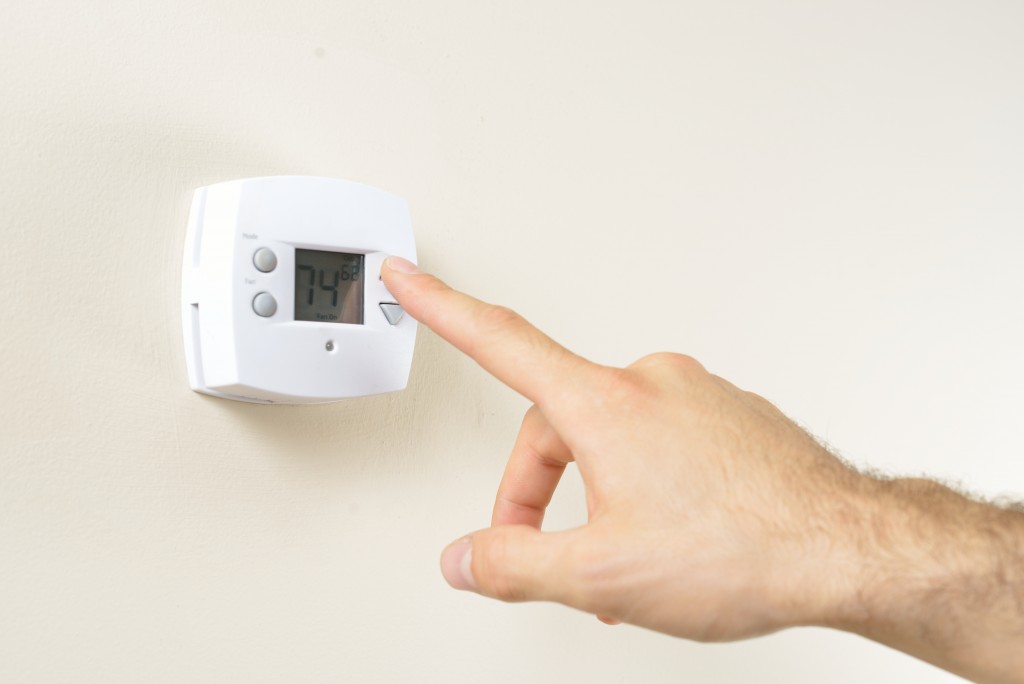If there’s a downside to Life Elevated, it’s the elevated levels of air pollution. Whether it’s summer ozone or winter inversion, Utah’s air pollution problem is difficult to ignore, especially when people start getting sick.
Topographical Problems
Most of Utah is situated in a valley surrounded by mountains. This bowl-like configuration prevents the normal flow of air, leading to inversions during the winter. Warm air traps cooler air inside the bowl, preventing it from dispersing and increasing pollution and particulate levels even at ground level.
The problem is elevated in urban centers, as the high levels of pollution and particulates can get into residential air ducts and require intensive cleaning. During summer, Utah’s elevation exposes it to higher concentrations of sunlight, producing ozone from vehicular, industrial, and residential emissions at ground level. Unusually high levels of ozone and smog are considered hazardous to ones’ health, especially among children and the elderly. Of course, going higher up can reduce pollution levels, and more elevated Utah cities experience less pollution.
Safety in Your Own Home
While air pollution generally stays outside the house, it’s not always the case. Dense population or busy streets—coupled with open windows or air vents—allow contamination to enter your house and put your family’s health at risk. Regular duct cleaning is essential, especially if you have vulnerable family members in your home.
Make sure to secure your house to prevent unnecessary airflow or integrate a filtration system in your air vents to keep pollution out. Traditional wood furnaces also produce smoke and particulates. The state has been actively promoting alternatives, like gas furnaces or newer and more efficient wood furnace models.
When venturing outside, take note of the air quality index and the time your trips. Remember to wear a mask. Anything above 50 can be dangerous as lousy air quality has been linked to several health disorders. Those include respiratory issues like allergic tendencies and bronchitis, as well as certain cardiovascular diseases. During the summer, take note of the ozone levels and alerts from the Utah Division of Air Quality.
Long-Term Solutions

More than 80 percent of Utah’s energy production comes from coal and natural gas. However, Utahns are big on solar power, with one of the highest rates of residents powering their homes using solar energy. A high percentage of residential solar power use can reduce the state’s reliance on fossil fuels and reduce emissions. Aside from the 22 percent federal tax credit on solar installation and purchase, Utah has its incentive program that can cut your costs by another $1,600.
Fifty percent of Utah’s urban air pollution is caused by vehicles, and a switch to electric vehicles can significantly reduce pollution. Soon, nuclear power can provide a reliable and clean source of energy, something solar energy can’t give.
Utah’s air pollution and particulate problem will be challenging to solve. Fortunately, both the state and its residents are making efforts to curtail the problem and hopefully eliminate it in the future. They might see a better future for the next generations to come.

